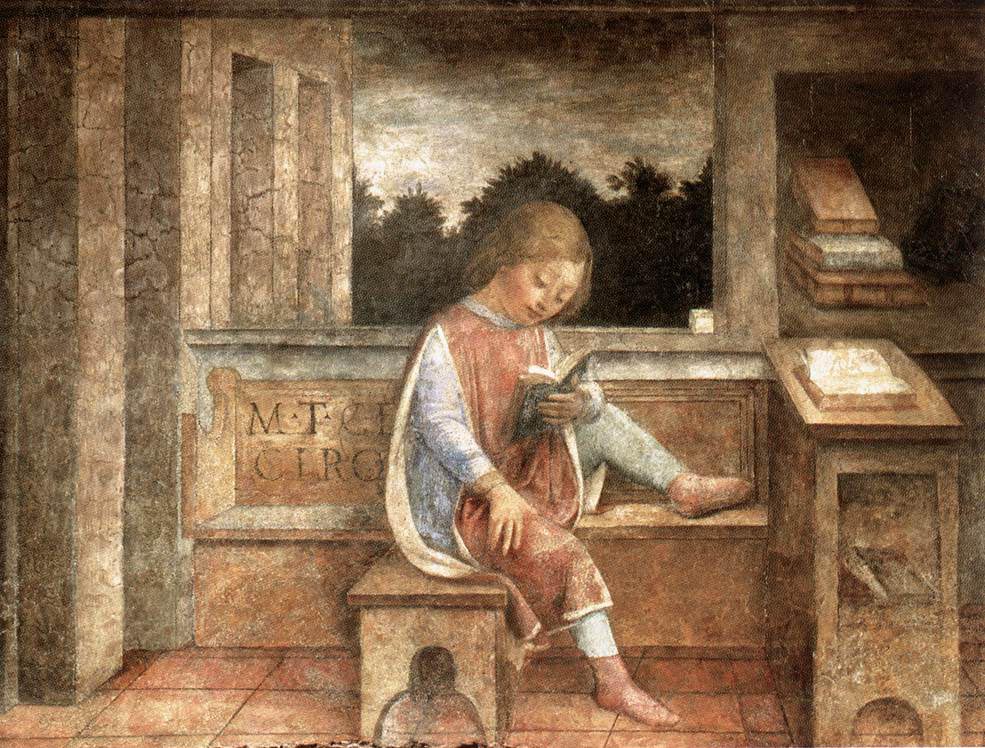A Bogus Classic

Here’s some famous fake Latin:
Lorem ipsum dolor sit amet, consectetur adipiscing elit. Aenean blandit risus lorem, vel efficitur elit auctor ac. Proin turpis purus, tempus vel pretium nec, euismod a felis. Cras pharetra venenatis vestibulum. Mauris cursus risus turpis, vel tristique ex vestibulum in. Suspendisse vel augue a sem venenatis accumsan nec at ipsum. Quisque iaculis ornare justo, vitae tincidunt turpis dignissim eu. Ut luctus ligula nulla, vel vestibulum orci suscipit eget. Cras sollicitudin tempor leo, nec maximus erat pretium a. Donec id metus vitae augue congue temp
It looks like it says something in Latin, but it doesn’t. It’s almost Latin, but it isn’t. And if you had Latin in high school you recognize certain words, almost recognize some of the others, and can’t make sense of the whole thing. The Latin quoted above is from a longer piece named Lorem Ipsum, after the first two words. It’s been used since the 1500s by type setters and graphic artists as a place holder when designing how a page will look when text is added to it. With this meaningless place holder text, you can get a sense of the over-all layout, without being distracted by what the text says. Nowadays, it’s used also by those overworked drudges who design website pages
If you’re good at reading Latin, you may get the sense that it’s a piece of writing which has been scrambled. And we know that over the years bits and pieces of it were changed, either purposely or by accident, improving its use as a meaningless block of prose. In the 1980s, the Latin scholar Richard McClintock discovered that it must have been drawn from the writings of Roman politician and sometime philosopher Cicero.
After writing the text of this post I looked for an image of Cicero and came across the charming but very odd painting that you see here above. It’s a fresco called “The Young Cicero, Reading.” It was originally in the courtyard of a palazzo in Italy and is now in the Wallace Collection in London. The Wallace Collection web site says that Cosimo de’Medici acquired the palazzo in 1455 and that in 1464 the painter Vincenzo Foppo was commissioned to fresco the courtyard. That work is the last surviving fresco from the courtyard. Being out of doors for 400 or so years can do a lot of damage to a work of art, and the Wallace Collection says that the fresco was “extensively retouched, which explains some of the compositional inconsistencies which are now apparent.” In fact, there are so many “inconsistencies” that the fresco ends up as jumbled and confusing as the Latin.